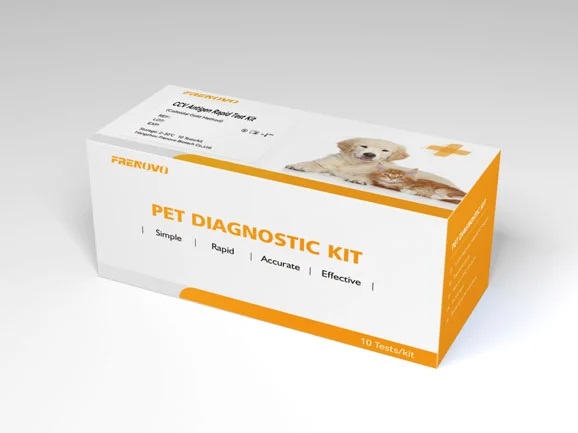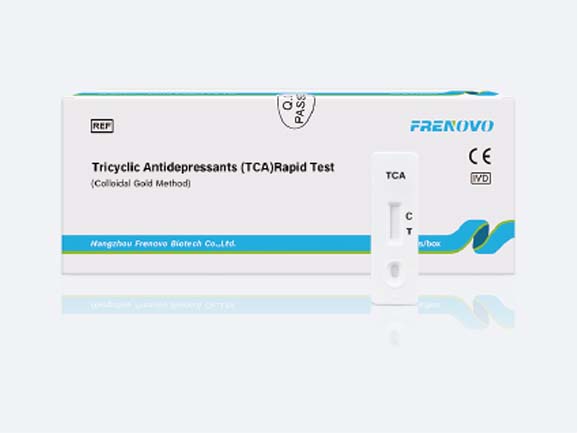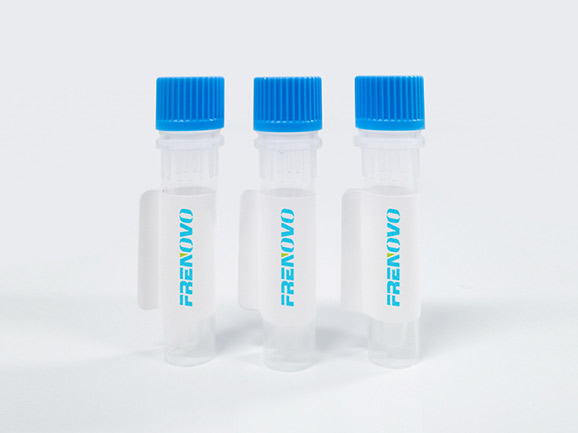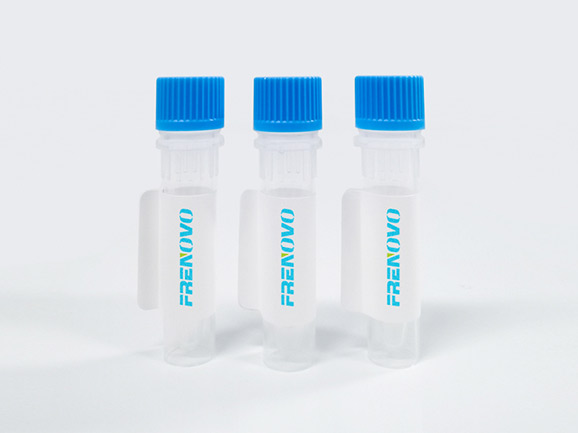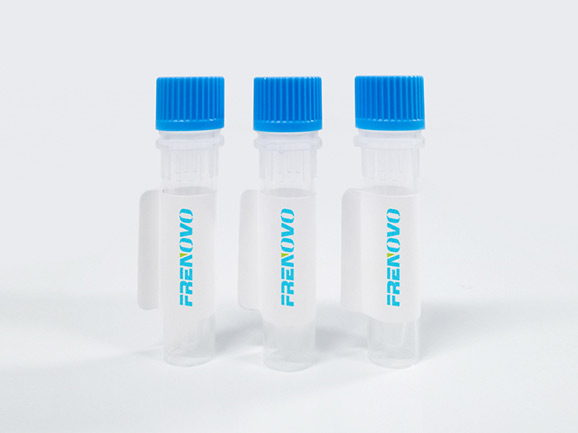Food safety rapid test refers to the behavior that can provide testing results in a short time, including sample preparation. Generally, chemical and physical testing methods for food rapid testing can provide results within two hours, and microbiological testing methods can shorten half or one-third of the time compared with conventional laboratory methods. If the method can be applied to the field and provide testing results within 30 minutes, it is a rapid on-site testing method.
It is a screening behavior that detects whether the tested substance is in normal condition, whether it contains toxic and harmful substances, or whether it exceeds the standard setting value in different ways and produces the results within a short time, such as a few minutes, dozens of minutes.
Traditional laboratory methods have a long cycle and cannot detect at every stage of the process. The food safety rapid test kit can discover suspicious issues in time, improve work efficiency and intensity. The rapid testing kits are quick, straightforward, low cost, and can also reduce the loss of harmful substances at the first time, which improves the targeted laboratory detection, rational utilization of laboratory resources, and reduces sample testing costs.
The characteristics of the "fast" detection are speed, simplicity, and sensitivity.
Compared with the conventional testing cycle, which takes 3-5 days, using the food safety rapid test kit usually completes the testing within two hours. Besides, it only needs a simple rapid testing instrument and reagent for on-site testing, making the requirements for the operator's skills not very high.
For example, fresh foods such as vegetables and fruits sold in the market. They use traditional sampling methods and send them to qualified testing organizations for detection. There may be no trace of problematic products when the testing results are issued, and tracing and investigation are impossible.
Moreover, the cultivation, breeding, production, processing, circulation, and sales have complicated links, and relying on traditional testing methods to achieve the whole process management and monitoring is also economically costly.
The large-scale screening using on-site rapid testing methods can find suspicious problems in time and take appropriate measures quickly. It is of great significance to improve the efficiency of supervision work, increase supervision intensity, and ensure food safety.
Advantages of food safety laboratory testing: High detection accuracy, traceable results, the report issued by a qualified testing unit has legal effect; detection environment conditions are controllable.
Limitations of food safety laboratory testing: Complex inspection procedures, a long detection cycle, poor timeliness, high detection costs, and high requirements for detection conditions and personnel. It is not suitable for food rapid and large-scale monitoring.

